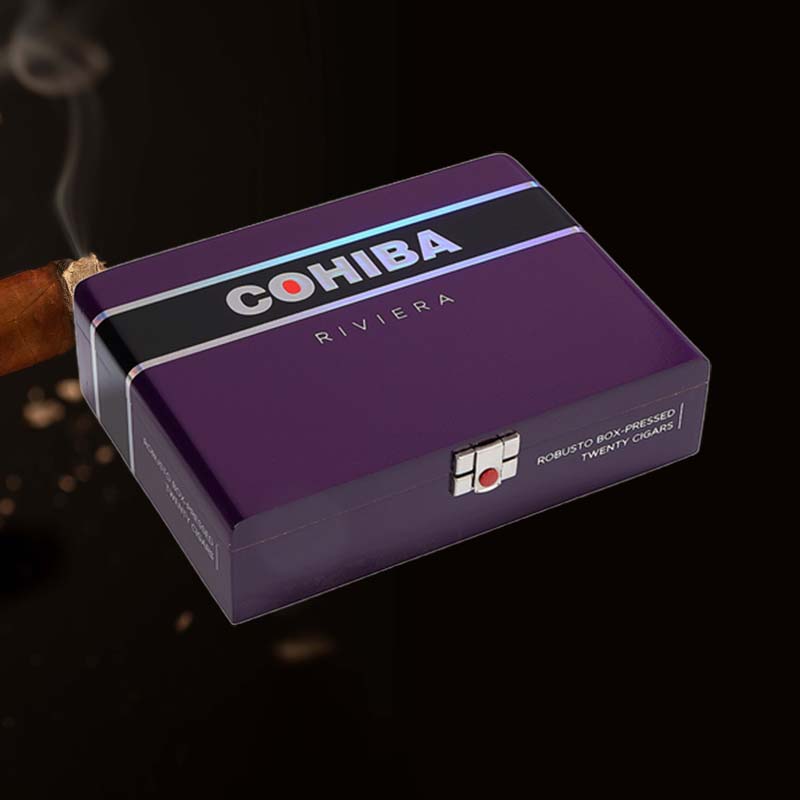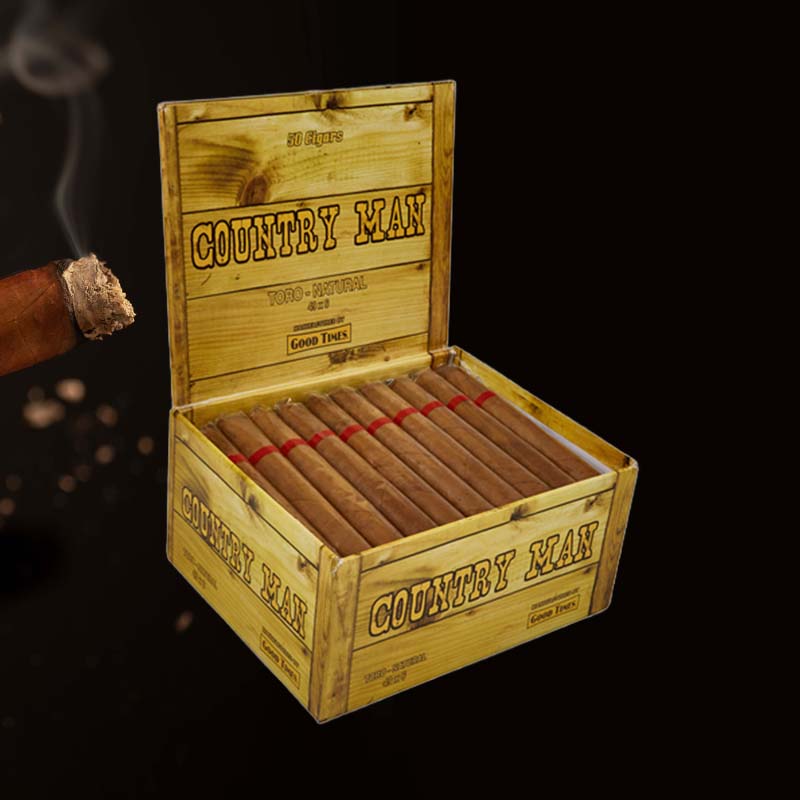How to fix a torch lighter that won't ligh
We’ve all been there—anticipating that rich, satisfying moment of lighting up a cigar or fidgeting with a culinary torch to impress friends, only to be met with the agonizing realization that my trusty torch lighter just won’t light. It’s frustrating, right? Well, don’t lose hope just yet! I’m here to share my personal journey and expertise on fixing a torch lighter that has decided to play coy. Together, we’ll roll up our sleeves and get your lighter sparking again so you can return to your indulgences.
Common Reasons Why Your Lighter Won’t Work
Understanding the Mechanics of a Torch Lighter
Torch lighters are sophisticated devices that combine gas fuel and an electrical ignition system. When you press the ignition button, it releases fuel and creates a spark, which ignites the fuel. However, several factors can disrupt this seamless operation.
Diagnosing Torch Lighter Problems
Identifying the Basic Issues
- Insufficient fuel levels
- Clogged jets
- Defective spark mechanism
- Fluid quality issues
Signs Your Lighter Needs Repair
Look out for these signs: if your lighter makes a clicking sound without igniting, there might be a fuel or spark issue. A weak flame or an inconsistent jet flame could indicate clogging and necessitate further investigation.
Step 1: Gather Your Repair Tools
Essential Tools for Fixing Your Lighter
- Screwdriver set (often Phillips or flathead)
- Cleaning cloths
- Compressed air canister
- Butane fuel
- Multimeter (optional, for spark testing)
Step 2: Diagnose the Issue
What to Check First
Begin by checking the fuel level. Is it low or empty? Next, examine the nozzle for any clogs or dirt. A quick visual inspection can save a lot of troubleshooting time!
Step 3: Opening the Torch Lighter
How to Safely Open Your Lighter
Carefully unscrew any components with your screwdriver. Make sure you are in a well-ventilated area and away from open flames or sparks. I often find a clear workspace helps keep things organized!
Step 4: Adjust the Spark Mechanism
Steps to Inspect and Adjust Sparks
Inspect the ignition wire for any bends or breaks. If necessary, gently adjust it to ensure good contact. Keep an eye out for any corrosion; a little cleaning can go a long way!
Step 5: Troubleshooting Fuel Issues
Checking Fuel Levels and Quality
Ensure your butane is of good quality; old or contaminated fuel can be a culprit. If your lighter is nearly empty, refill it with quality butane.
Bleeding the Tank Before Refilling
Before adding more fuel, press the refill valve gently to release any residual gas. This ensures a clean slate for the new fuel.
Step 6: Cleaning the Lighter
Why Cleanliness Matters for Functionality
A clean lighter is a functional lighter. Grime and dirt can clog the jets, making it near impossible to ignite. Regular cleanings will keep your lighter in prime working condition.
How to Properly Clean Jets and Mechanisms
Use compressed air to blow out any obstructive particles in the jets. Wipe down visible components with a cloth and ensure no residue is left behind.
Step 7: Reassemble Your Lighter
Steps for Safe and Effective Reassembly
Once everything is clean and inspected, carefully reassemble the lighter in the reverse order of disassembly. Ensure all screws are snug, but don’t overtighten them!
Step 8: Testing for Ignition
Initial Testing After Repairs
Fill the lighter with butane, wait for a moment, and try to ignite it. If all went well, you should see a beautiful flame. If not, you may need to revisit earlier steps!
Preventing Future Torch Lighter Issues
Best Practices for Maintenance
Regular refueling and cleaning can enhance the lifespan of your lighter. Store it in a dry place, and avoid unnecessary drops or harsh impacts.
Frequently Asked Questions
Common Issues and Solutions
Some common issues include malfunctioning spark mechanisms, insufficient fuel, and clogged jets. Each typically requires different fixing steps, generally revolving around cleaning or inspecting the component in question.
Conclusion: Now You’re Ready to Ignite
Recap of Steps Taken and Final Tips
By following these steps—gathering tools, diagnosing issues, cleaning, and proper maintenance—I can confidently say that I’m back in the circle of ignition. Keep these tips handy, and don’t let a malfunction ruin your next cigar or culinary experiment!
Why does my torch lighter spark but not light?
This often indicates an issue with fuel flow or a clog in the ignition system. It’s worth checking the fuel levels and ensuring the jet is clear!
Why is my torch not igniting?
Possible reasons include low fuel, a faulty spark mechanism, or dirty components. A thorough inspection will usually uncover the culprit!
What to do when the lighter won’t light?
Begin by checking the fuel level, then inspect the ignition and jets for clogs or damage. Cleaning and appropriate refilling could solve the issue.
Why is this torch not lighting up?
Inadequate fuel pressure, clogs from dirt and debris, or a malfunctioning ignition mechanism are common reasons. You’ll need to inspect and possibly clean or replace parts.
















